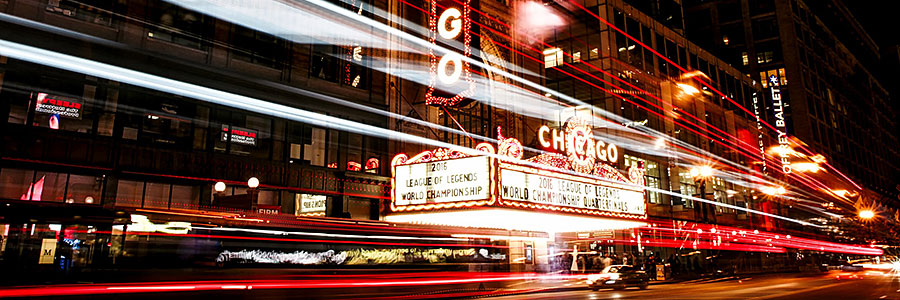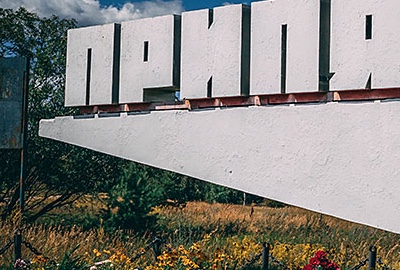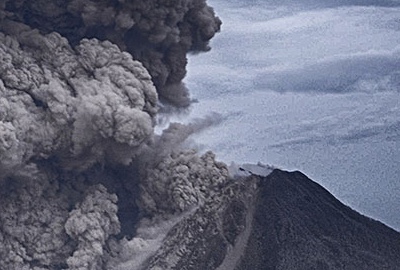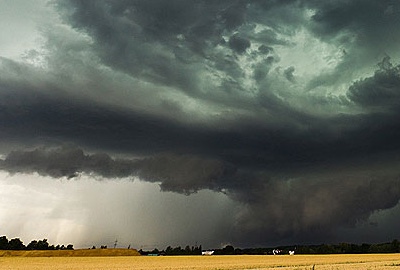 2022-05-08
2022-05-08

The Great Chicago Fire
- ArticlesandContent.com (CIRCA 2005)
- /
- Oct 8, 2021 (written 2005)
In light of the multitude of recent natural disaster incidents, many people have looked back in history to see the results of other major historical disasters. From the Hindenburg disaster to a weather disaster or world disaster, there is much about the recovery and renovation that comes after one of these events that enlivens the human spirit. One such event in the not-so-distant past was the Great Chicago Fire.
What Caused the Fire?
To this day, historians debate about the cause of the Chicago Fire. What is known is that the fire burned for nearly three days, starting on October 8, 1871 until October 10, 1871. The fire originated in the barn of the O’Leary family, which was on the West side of the city. A popular story tells that a cow kicked over a lantern that sparked the fire, but this fact has never been validated. As with many recent natural disaster incidents, it is not the cause, but rather the effect, that burns the event into our minds. You can read more about the cause of the fire and the investigation that followed here: http://www.thechicagofire.com/.
The Path of the Fire
The dry air and strong winds on the day of the fire, as well as the wooden structures of the early city of Chicago, proved the perfect kindling for the flames. As it burned, the Great Fire made a path through the city that was over three square miles. Most of the city was destroyed, which caused $192,000,000 in property damages. There were 300 people killed, 100,000 left without homes, and many more injured as a result.
Because most of Chicago’s architecture was made of wood, the city was almost completely destroyed. One structure, the city’s water tower, came through the blaze almost unharmed. This water tower still stands in downtown Chicago as a tribute to the fighting spirit of the city’s residents.
The Aftermath
As with any weather, fire, or engineering disaster, there was much to do after the Great Chicago Fire. The citizens of Chicago began to rebuild the city immediately after the flames died away. Cities across America and even in other countries sent supplies for the rebuilding effort. In only three months, 300,000 buildings had been built. During the rebuild, architects gave special consideration to building buildings so that they were more fire resistant. This was in an attempt to keep any other natural disaster or fire from consuming the city again. They also changed the fire alarm system to sound the alarm more quickly and get help to the fire more efficiently if another large fire broke out.




